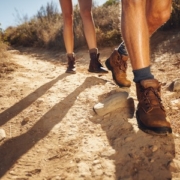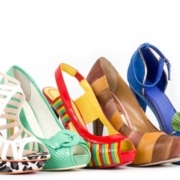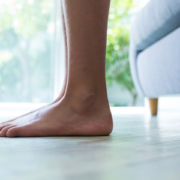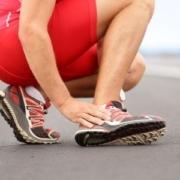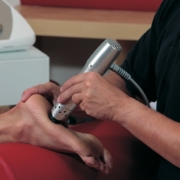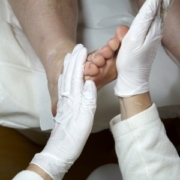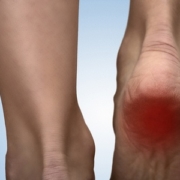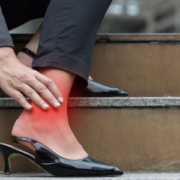Ready, Set, HIKE!
Are you hoping to get out and about on the trails for a hike this summer season? If you haven’t already, start planning! Texas is fast approaching the time of year when hiking is best done very early in the morning or not at all due to the heat. There are several benefits to hiking when it comes to our health and wellbeing, however just like anything else, there are risks, too.
Hiking Risks & Benefits
Hiking can be an easy way to get yourself hurt. As an activity, hiking relies primarily on your feet and ankles to get you around the trails you’re exploring. Most instances of hiking related injuries happen to involve the person’s feet or ankles due to walking on rough, slippery, soft, or uneven terrain. When you’re out hiking, you are much more exposed to potentially harmful parts of nature: jagged sticks and rocks that can lead to cuts and scrapes, as well as poison ivy or insects that can cause intense itching, scratching, and potentially lead to infection.
If you ask us, the benefits outweigh the risks – especially when you take the time to prepare for these situations before going on a hike! There are plenty of ways we can prepare ahead of time to help make our next hiking trip even more safe and exciting:
- Research your trails ahead of time. What terrains will you be walking on?
- What’s the weather going to be like? Is it better to go early before it gets hot?
- Have you purchased a first aid kit yet?
- Will you have enough water, or access to refill your water containers?
- Do you have a plan in case of emergency, like falling and hurting your ankle?
- Are your shoes appropriate for your hike?
Sandals can be more comfortable and allow better airflow, but this leaves them vulnerable to insect bites, cuts and scrapes, and sunburn. We hope these questions you can ask yourself before a hike will help you be better prepared for your next adventure! Remember, any foot or ankle aches or pains that last longer than a day or two after your hike shouldn’t go ignored. Call us today at (469) 998-FOOT (3668) to set up an appointment with Dr. Lily Khavari at Carrollton Foot Center in Carrollton, Texas. We proudly serve Denton, Dallas and Collin Counties.

